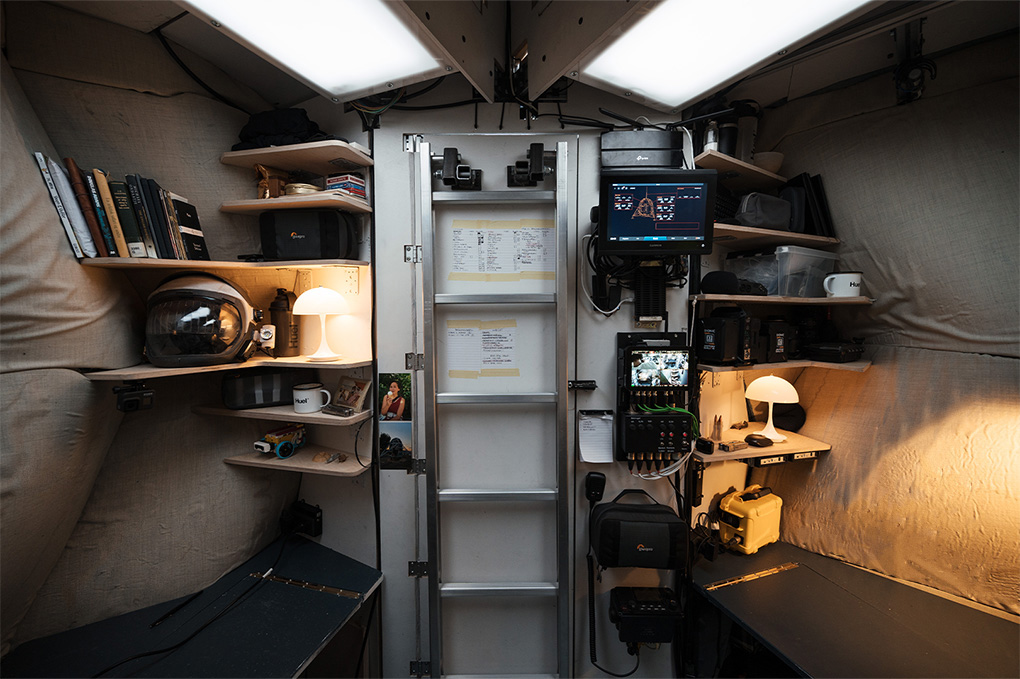A New Origami Lunar Habitat Can Unfold Into 750 Times Its Own Size
And people spent 60 days inside.

Almost five decades after humans last stepped on the Moon, NASA is now preparing to go back there once again. With commercial space flights also picking up, civilians too would want to travel to the Moon. And a Danish architectural firm, SAGA, wants to offer habitats that will not just help people survive but also thrive on the lunar surface.
In the past, we have covered how startups are using additive manufacturing to make habitats that could support human life on other planets. It also makes sense to use source printing material from the planet’s surface, so there is less to carry when going on a space mission. All this sounds great for torch-bearer astronauts who are on a mission and trained to face the rigors of space travel. SAGA’s habitats are meant for people who want to travel to these faraway places but do not necessarily want to train for a survivor mission. Their habitat, LUNARK, is the home-away-from-home.
LUNARK is tough on the outside and built to protect its inhabitants from extreme weather conditions such as snowstorms, hurricane-like winds, and temperatures as low as -22 degrees Fahrenheit (-30 degrees Celsius). But inside, it offers the comforts of home through work desks, a heater, workout equipment, sleeping pods, and even light panels that can mimic daylight for you.
What’s making this possible is the carbon fiber shell that is not only light in weight but is also arranged in an origami format that allows the shell to expand to 750 times its size when packed. The co-founders of the design studio, Sebastian Aristotelis and Karl-Johan Sørensen were inspired by the budding leaf that unfolds itself to reveal its real size.
Along with carbon fiber, the team used composite white rubber to add flexibility to the structure while the load-bearing is done by an external aluminum frame. The folded structure can be fitted inside a shipping container which the team claims are much smaller than an actual rocket. The structure can be put into place by just two people, something Aristotelis and Sørensen did to test their design. The only difference was that the duo tested LUNARK in the harsh environs of Greenland, where they stayed inside the habitat for 60 days with extreme weather and polar bears.

With enough space to house two people, the habitat is also designed to be environment-friendly. The carbon shell is packed with solar panels that power a 1,000 Ampere hour battery. The habitat also tries to recycle as much waste that is generated and houses a live algal reactor that can serve as a source of nutrition.
Inside the habitat, the skylights mimicked the natural day to help the duo maintain their circadian rhythms, while a weather simulator broke the day-to-day monotony. With no help from outside, the duo was also tasked with regular maintenance of the habitat, something even astronauts have to contend with. This experience has helped them collect important feedback on improvements needed for the habitat from a structural as well as a functional viewpoint that not only focuses on survival but also mental well-being, the website says.
 SHOW COMMENT ()
SHOW COMMENT ()









